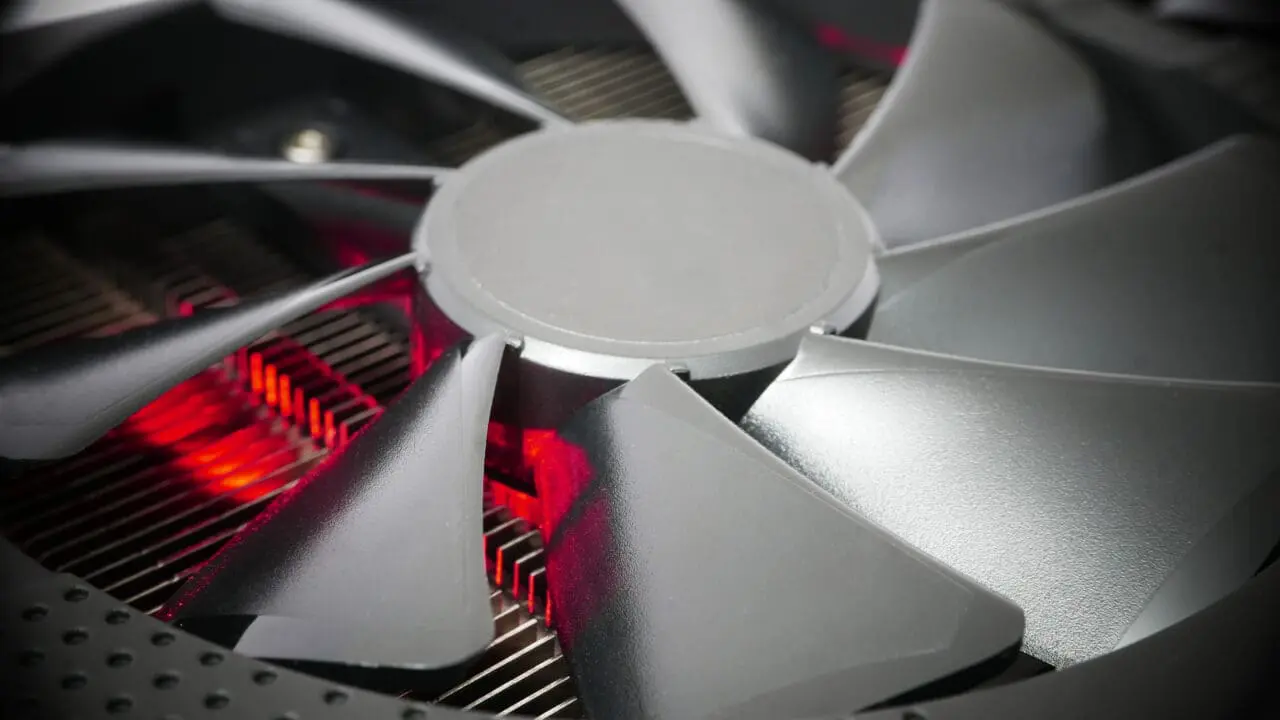

In this tech-insight, we look at how extreme heat can affect IT hardware and what measures you can take to keep the equipment cool and prevent damage.
Hot weather UK-style is not usually a problem. With an average temperature here of about 14 °C, temperatures over 30 °C are a relatively rare occurrence – although becoming more common in the summer if only for a few days as the effects of global warming continue.
As a result of our usually temperate climate, many homes and businesses don’t have air conditioning. So most of us cope by donning some shorts, opening a window, and putting on a fan or two!
However, while humans can keep cool by sweating, our expensive IT equipment cannot. That equipment relies on a constant movement of air passing over heatsinks inside to dissipate the substantial amounts of heat generated by the electronics. Modern processors will run at around 70°C (internally) and quickly overheat and damage themselves were it not for these cooling processes.
Of course, these cooling processes throw heat into the room and compound the problem when the outside temperature increases.
Ideally, the IT kit likes to work in room temperatures circa 21°C, but it can cope if it gets warmer. The problem is that the warmer it becomes, the more stress it is under, and the shorter the life span. Major issues come when the ambient temperature around the equipment rises above 35°C. Servers and computers can’t effectively dissipate the heat they generate, and, in many cases, they will shut down to protect themselves.
Office servers are becoming less familiar with a general move to the cloud. Still, other equipment in your IT rack or cabinet will suffer, too – battery backup units (UPS), NAS drives, routers and network switches, for example, may not have the same thermal protection and can quickly overheat and malfunction.
If you have air conditioning, all should be well – although many people have been turning it off to save money. Don’t turn off the one in the server room when temperatures are at record highs, though!
A portable air-conditioning unit could work. At about £400 for a small office room, they can provide an answer to keep the temperatures down, but an exhaust hose that needs to pass through a window may introduce security issues. Ideally, don’t use cheaper air-coolers that have a refillable water tank as they increase the humidity in the room, which comes with its own problems. Squirting cold water on your server to cool it down is definitely NOT the answer!
If air conditioning is a non-starter, keep the air moving around the equipment as best as you can – fans and ventilation are key. Block any windows that could have direct sunlight upon them at any stage and open room and cabinet doors.
The final and perhaps less obvious answer – just turn the equipment off! If you don’t need it over the hottest periods, then shut it down. Any bit of electrical equipment not running in your office on the hottest days this week will all help to keep the heat from building up.
At the time of writing this, temperatures are at a record high. Your expensive and important IT kit likes to work in room temperatures circa 21°C, and simple measures you can take to protect it from the heat include air conditioning units in key rooms and turning off any equipment that is not needed on the hottest days. If you have no form of cooling in your office or server room especially, keep a close eye on the temperature. A basic thermometer in the room could provide an early warning. Servers especially will start to make a lot more noise as their temperatures climb and fan speeds increase. There are remote ways of monitoring the internal temperatures of your servers and some other kits too. Unfortunately, whilst they are miracle workers in many ways, your tech team can’t control the weather, so if it gets too hot, the only answer will be to turn it off!
This website uses cookies to improve your experience. Choose what you're happy with.
Required for the site to function and can't be switched off.
Help us improve the website. Turn on if you agree.
Used for ads and personalisation. Turn on if you agree.
This website uses cookies to improve your experience. Choose what you're happy with.
Required for the site to function and can't be switched off.
Help us improve the website. Turn on if you agree.
Used for ads and personalisation. Turn on if you agree.